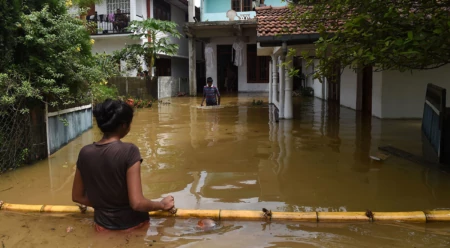Where Our Workers Will Be Most Impacted by Climate Change
Hear “climate crisis” and you may picture a skinny polar bear stranded on a fragment of sea ice, bleached coral reefs, burning forests or maybe a world without bees. You’re not wrong: All those things (and more) are sadly unfolding or could be in the coming decades. Even more troubling, however, is that your mental picture is incomplete. It’s missing the millions of people who are bearing the brunt of monsoons, droughts and other extremes that affect their homes and careers.
Sub-Saharan Africa is in the most vulnerable position, according to a recent United Nations report, with seismic implications ranging from slashed food production to more waterborne diseases. In Asia, the Intergovernmental Panel on Climate Change (IPCC) predicts an increase in monsoon-like rainfall. And according to the World Bank Group, more than 800 million people in South Asia live in places that could become moderate to severe “hotspots,” meaning living conditions could drastically decline due to climate change—and these are places already known for poor living standards.
In short, developing countries—including some where our partners make our clothes—are getting slammed and will continue to.
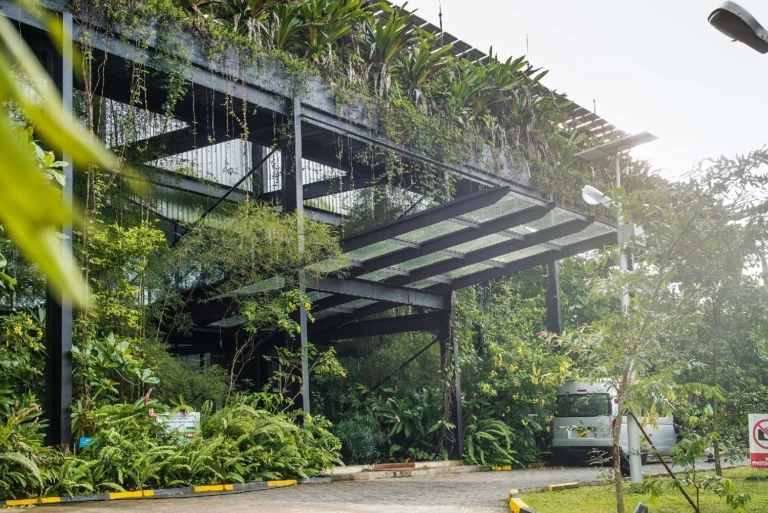
Our partners at the Hirdaramani Group’s Mihila factory in Agalawatta, Sri Lanka, operate a carbon neutral facility, which is LEED green building Gold certified. According to the World Bank Group, approximately 19 million people in Sri Lanka, or more than 90 percent of the population, live in locations that could become moderate or severe climate change “hotspots” by 2050 if no action is taken to curb global emissions. Photo: Tim Davis
“We know that climate change is happening because of man-made actions and activities,” says Cara Chacon, Patagonia’s vice president of social and environmental responsibility. “But it’s also people who solve those problems. So, having a look at this from both an environmental standpoint, but also a people and development standpoint, is really important.”
Having done so, Chacon, her team and Patagonia are launching a new initiative to prepare team members in areas where much of our production is concentrated and where climate impacts are expected to be severe. Patagonia is working to develop and roll out our first pilot program with key suppliers to help factory workers become more climate resilient so they can efficiently and safely contend with the physical, mental and financial stresses of the crisis.
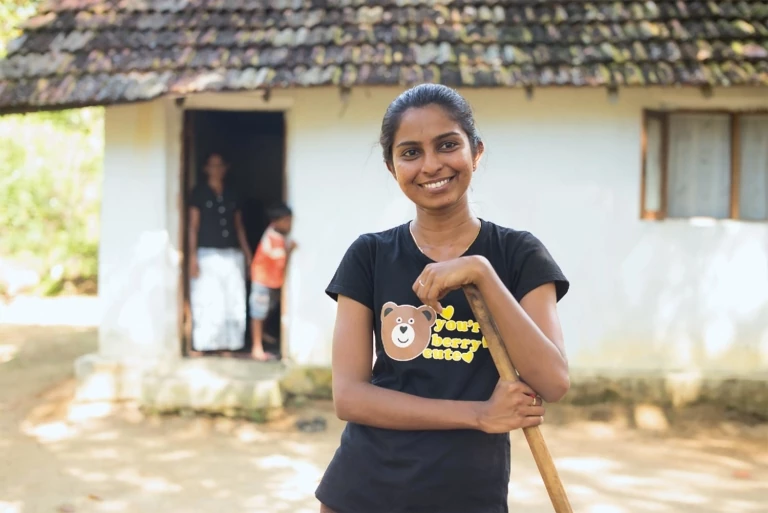
Sanduni Madusha outside her family home 30 minutes from Panthiya, Sri Lanka. Sanduni works at our partner’s facility in Sri Lanka that makes Fair Trade Certified™ sewn products. According to Patagonia’s field managers in Asia, the 2017 monsoons in Sri Lanka meant many employees couldn’t get to work because of the extreme flooding. Photo: Tim Davis
Starting a feedback loop
In the Philippines, where Patagonia has been partnering with a sewing factory for more than 15 years, Typhoon Mangkhut—one of the strongest storms of 2018—killed more than 80 people as landslides ripped through entire communities. In Hong Kong, home to a knitting factory where employees assemble the base layer for our outerwear, the same typhoon tore down buildings and flooded streets.
And the effects are rippling into the workplace, according to Patagonia’s field managers in Asia. In 2017, monsoons in Sri Lanka unleashed heavy rain and forced closures of Patagonia sewing factories, says Alex Katz, Patagonia’s manager for supply chain social responsibility. By the time they reopened, the factories remained understaffed because employees still couldn’t get to work.
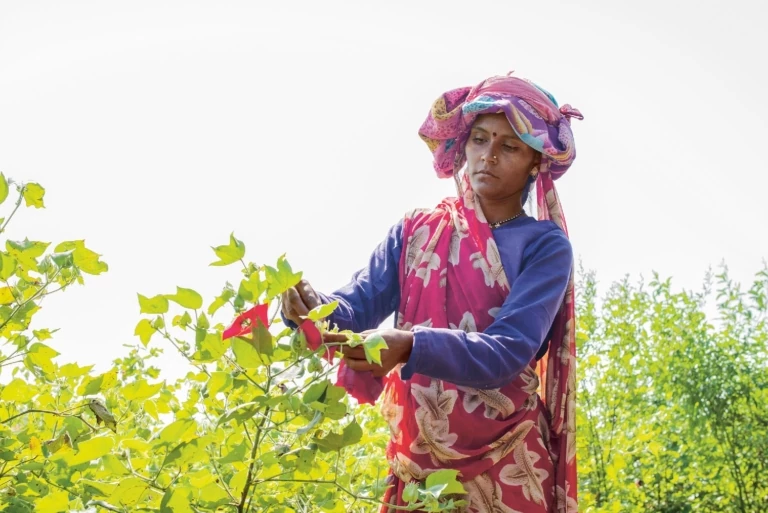
Employee at Kailash Patidars’ organic cotton farm in India. Many of the farmers we work with in India are noticing extreme weather changes like heavy downpours followed by long dry spells. As crop yield gets impacted, the farmers’ incomes suffer, too. Photo: Tim Davis
At our Vietnam factories, workers are facing longer summer seasons with multiple consecutive days topping 100 degrees. To combat sweltering temperatures, they’ve set up a constant supply of portable water, ventilation fans and water sprays to cool the factory roof, individual fans for each employee, the planting of more high trees and internal disaster committees. Emotional stresses from home—low crop yields, children forced to stay home from school on hotter days—filter into the work day, too.
It’s this kind of feedback loop that’ll guide our initiative. In coordinating with our field managers, factory owners and the sustainability team here in the US, we’re focusing on what the workers actually need to protect our factories—their source of income—from damage they’re set to face.
“We really want to involve workers more in telling us about their lives and what they do in these periods when they’re unable to get to work,” Katz says. “We want to hear their voice and concentrate our programs closer to them.”
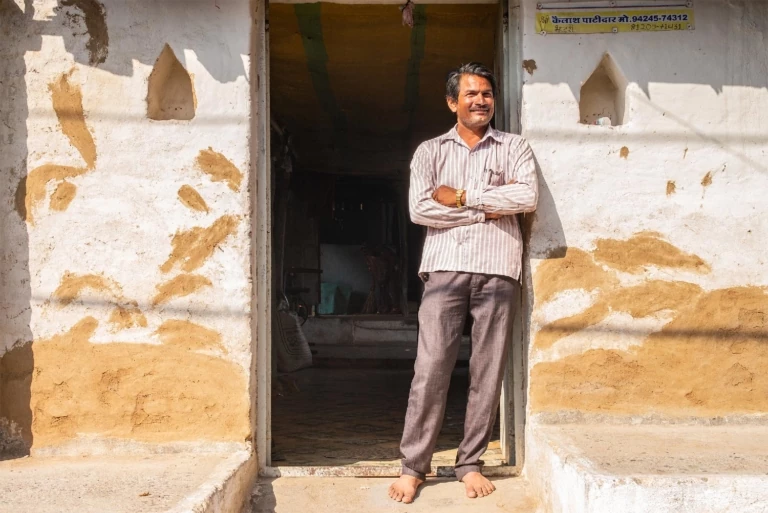
Kailash Patidar at home a few moments after his morning chai tea. His family’s organic cotton farm is outside of Indore, Madhya Pradesh, India. With extreme weather impacting more and more farmers, Patagonia is looking at understanding which farming practices are most suitable for different soil types and climates. Photo: Tim Davis
Drafting the plan
We’re launching this pilot program with surveys using outside experts and supply partners to learn about the ways in which climate change is already impacting workers’ lives. We’ll then use that information to build data that dictates where we focus our time and investment. To start, we’ll initiate solutions with a few suppliers—as recommended by local communities—and scale the program up over time. The larger goal? Share our lessons to help others in this sector make similar changes for their supply chains.
“We know [these impacts are] happening,” says Chacon. “We just need to understand the severity and needs.”
She saw a similar pattern when visiting central India last October and meeting with farmers who help grow much of the cotton used in our apparel. The weather is changing, and the farmers are worried. Heavy downpours followed by long dry spells are negatively impacting crop yield and ushering in pest problems that can affect the health of the cotton plants. Naturally, that means the farmers’ incomes suffer, too.
To that end, Patagonia has been participating in worldwide pilots to help form the Regenerative Organic Certification standard, which was first introduced in 2018. Two of these programs encompass more than 160 Indian farmers growing cotton for Patagonia. The goal is to better understand which practices, like cover cropping and no tilling, are most suitable for different soil types and climates.
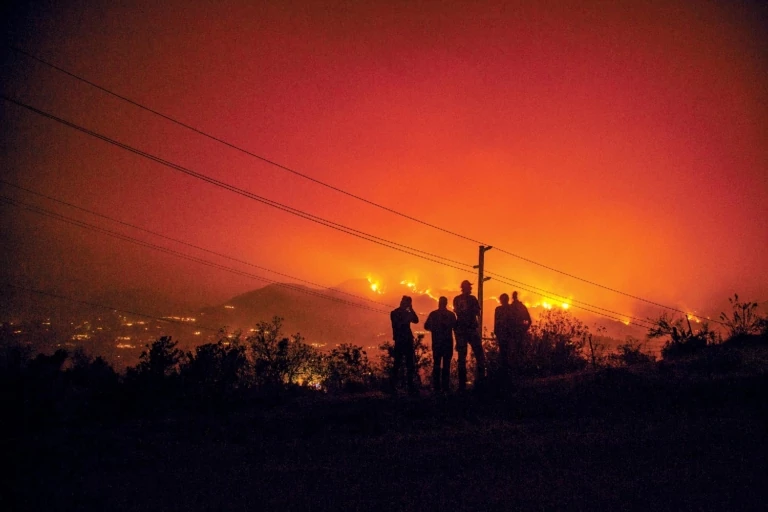
Scene from the 2017 Thomas Fire that affected Ventura and Santa Barbara County where Patagonia employees live, work and play. Five of our team members lost their homes in the fire and about half of our workforce in Ventura had to evacuate their homes for weeks on end. Photo: Donnie Hedden
Things look a bit different in the US. Extreme weather events are becoming more frequent here, too, but the existence of government emergency funds, expansive infrastructure and the access to home insurance means some of us have more robust ways to bounce back. But the thing about climate change is that no one is 100 percent immune. NASA reports that in the US, the number of hotter days has been increasing since 1950. Wildfires larger than 1,000 acres happen almost five times more frequently as in the 1970s, according to research from the University of California, Merced. We felt that burn right here at Patagonia headquarters during the 2017 Thomas Fire, which scorched 100,000 acres in just two days, including five of our team members’ homes. It also forced about half of our workforce in Ventura to evacuate their homes for weeks on end.
“If we’re experiencing this here, imagine what developing countries are experiencing,” Chacon says. “We have resources, modern infrastructure and home insurance. I can’t even imagine.”
Read more about how Patagonia is addressing climate change and our goal to become carbon neutral by 2025.
